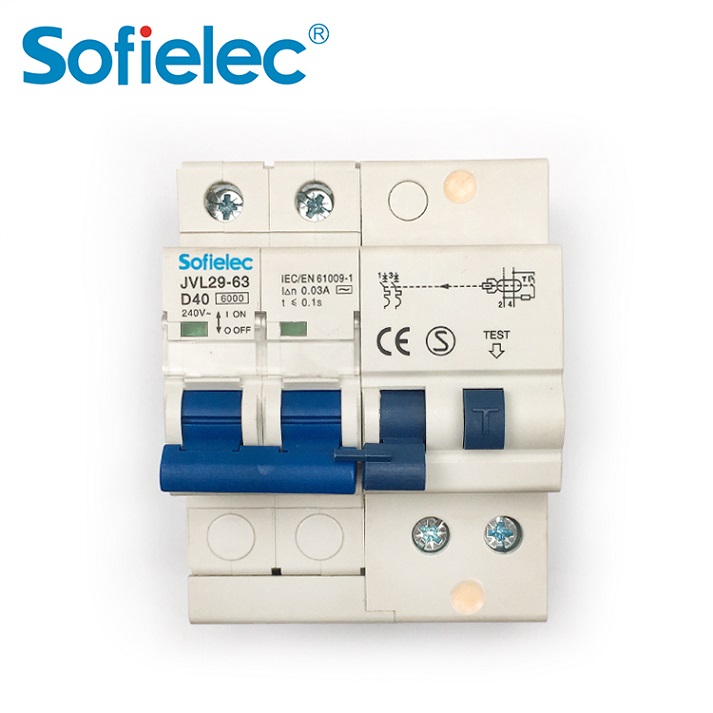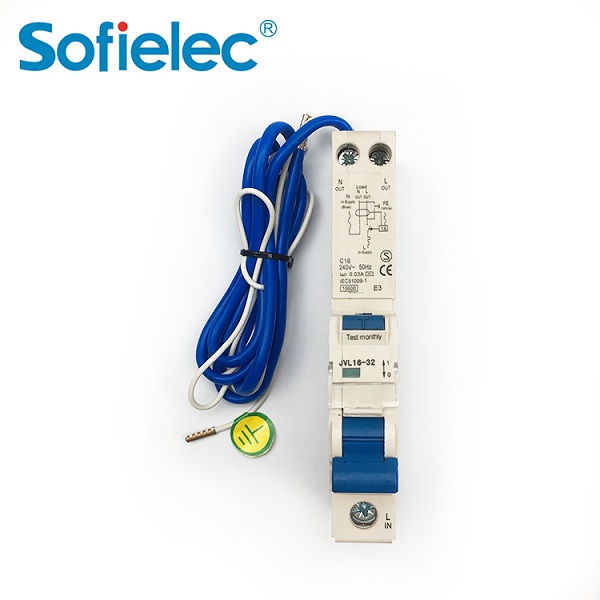breaker
Circuit breaker refers to a switching device that can close, carry and break current under normal loop conditions, and can close, carry and break current under abnormal loop conditions within a specified time. Circuit breakers are divided into high-voltage circuit breakers and low-voltage circuit breakers according to their scope of use. The distinction between high and low voltage is relatively vague. Generally, those above 3kV are called high-voltage electrical appliances. Circuit breakers can be used to distribute electrical energy, start asynchronous motors infrequently, and protect power lines and motors. They can automatically cut off the circuit when they experience serious overload, short circuit, and undervoltage faults. Its function is equivalent to a fuse switch Combination with overheating and underheating relays, etc. Moreover, it is generally not necessary to change parts after breaking the fault current. At present, it has been widely used. In the generation, transmission, and use of electricity, power distribution is an extremely important link. The power distribution system includes transformers and various high and low voltage electrical equipment, and low voltage circuit breakers are widely used electrical appliances.

leakage protector
In terms of function, the air switch is mainly used to protect "objects". Once the current in the circuit exceeds the rated value, the air switch will automatically disconnect to prevent the overall circuit and electrical equipment from burning due to overheating of the wire load.
The leakage protector is mainly to protect the "person", cut off the power when the circuit and equipment have a leakage fault, to avoid the human body from electric shock, and to protect the personal safety.
When actually installing a circuit breaker, some electrician friends will choose to install only one type of circuit breaker, and the entire line only uses a leakage protector to control the on/off of the current. This seems to be safer, but in this case only one If the electrical equipment leaks, the main switch of the distribution box will be tripped, and all household appliances including lighting will lose their function, causing unnecessary trouble.
Some masters choose to install an air switch and a leakage protector at the same time, using the air switch as the main switch to control the main circuit, lighting, air conditioning and other relatively fixed electrical equipment, and the leakage protector as a branch switch to control the living room electrical appliances. Relatively mobile electrical equipment such as sockets to prevent electric shock accidents.
The purchase of circuit breakers is very important, and two main aspects should be paid attention to:
On the one hand, it is necessary to correctly select the current size of the circuit breaker's rated capacity.
If the rated current of the circuit breaker is too small, it will affect the normal use of home appliances and cause unnecessary tripping; but if the rated current is too large, the circuit cannot be disconnected in time when the circuit is abnormal, and the expected protection effect will not be achieved. Therefore, you must first calculate the current value of each branch of the circuit and the total load before purchasing a circuit breaker.

Another aspect is product quality.
The product shell must be resistant to high temperatures, have good thermal stability, and the short-circuit breaking time must comply with national standards, so that the circuit can be cut off quickly and in time.



